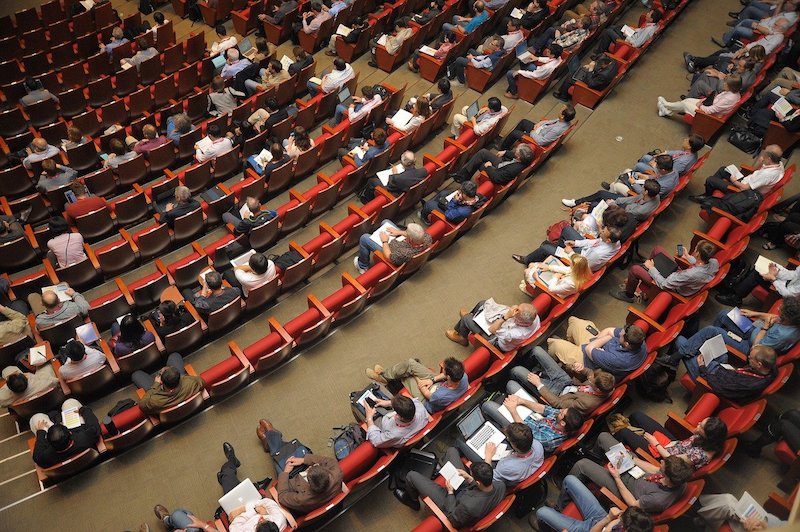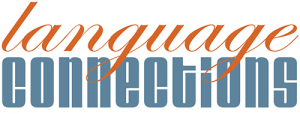
Global Interpreting Services: Then and Now
The field of transnational and global interpreting services has seen two marked phases between the past and now, i.e. between the inception of the practice in Ancient Egypt, Greece, and Rome, and the online business meetings of today.
Global Interpreting Services: Analog
International development translation services evolved with the language. The terms “translation services” and “interpretation”, up until the 20th century, were used interchangeably – the distinction was only established in the modern era. Before then, the line between the two linguistic professions was fuzzy; and interpreting came in two possible “flavors”, both of which have been around since biblical times. The first was sight translation: a hybrid form of interpreting where the interpreter reads from a text written in Language A and iterates aloud in Language B, providing interpretation. The second was consecutive interpreting, where statements are iterated in Language A and, after a brief pause, the interpreter repeats the statement aloud in Language B.
As of the 20th century, with the arrival of globalization and equipment for interpreting, a third form of language interpreting emerged in global communication, known as simultaneous interpreting. As the name denotes, this kind of foreign language interpretation means the interpreter is listening to Language A and verbally translating into Language B concurrently, resulting in barely any pause between statements. The advantage offered by this sort of interpreting is a more continuous and fluid flow of informational relay to the listeners. The earliest simultaneous interpreting machine emerged in 1926; the first documented use was in the Nuremberg Trials in 1946.
Language Connections Make Way for Computers
In the 1970s, global interpreting services were impacted by an emergent shift, spearheaded by linguist and computer scientist Anthony Gervin Oettinger, in communication technologies from analog to computational. The upside was simpler machinery and processes; the downside was that certain errors began to appear in the resulting translations. As an example: the machine language translation could not make the appropriate distinction for the word “flies” in the two semantically different phrases “time flies” and “fruit flies”. Years of research went into trying to solve this issue; the conclusion reached was that even closely related languages are too varied between one another for computerized translation to be fully reliable. Courtroom interpreters during this time, for example, did not have permission to make use of any of the new technological developments that are now commonly used in legal translation services.
Global Interpreting Today
Fifty years later, the technology has flourished so that there are several resources which can go so far as to offer great specificity in language translations. Translation technology became, and is now, a normalized part of global interpreting services, meaning humans and machines now work together – which has also led to considerable speculation regarding the supplanting of language professionals.
Professionally, language interpreting and translating became marked as distinct practices, regulated by separate bodies and legislation. For global language interpretation service, the focus has become distribution and accessibility, with the ascension of interpreting remotely via virtual meeting software, most notably due to the Covid-19 pandemic. Since global interpreting has become widely contingent on an internet connection, and technological infrastructure is currently scarce or absent in nations with small economies, there are concerns pertaining to equity in representation service.
About Language Connections:
Language Connections is one of the top language service companies in the US. Over the last 30 years, we’ve focused on providing the best business translation, interpreting services, as well as interpreter training and customized language training programs. In addition to top-tier corporate language training, we offer certified corporate interpreters and professional business translation in 200+ languages. Our network includes linguists with backgrounds in all major industries. They’re ready to meet your needs, whether they’re for technical translation, legal translation, government translation, international development translation, education translation, life sciences translation, or something else. Reach out to us today for a free quote on our cost-efficient and timely translation, interpreters, or other linguistic services.

Language Connections Inc.
2001 Beacon Street, Suite 105,
Boston, MA 02135
Phone: +1-617-731-3510
Email: service@languageconnections.com






